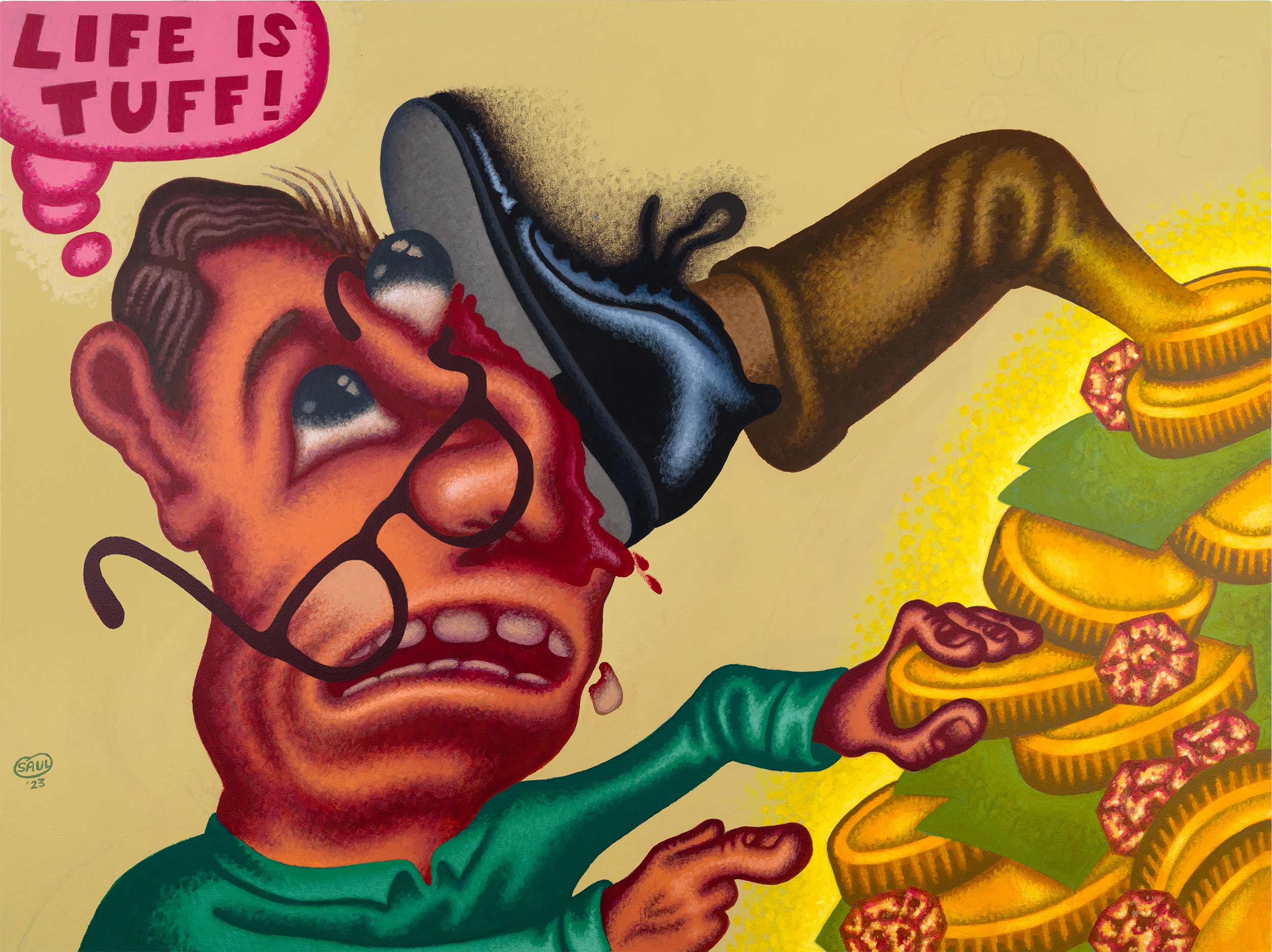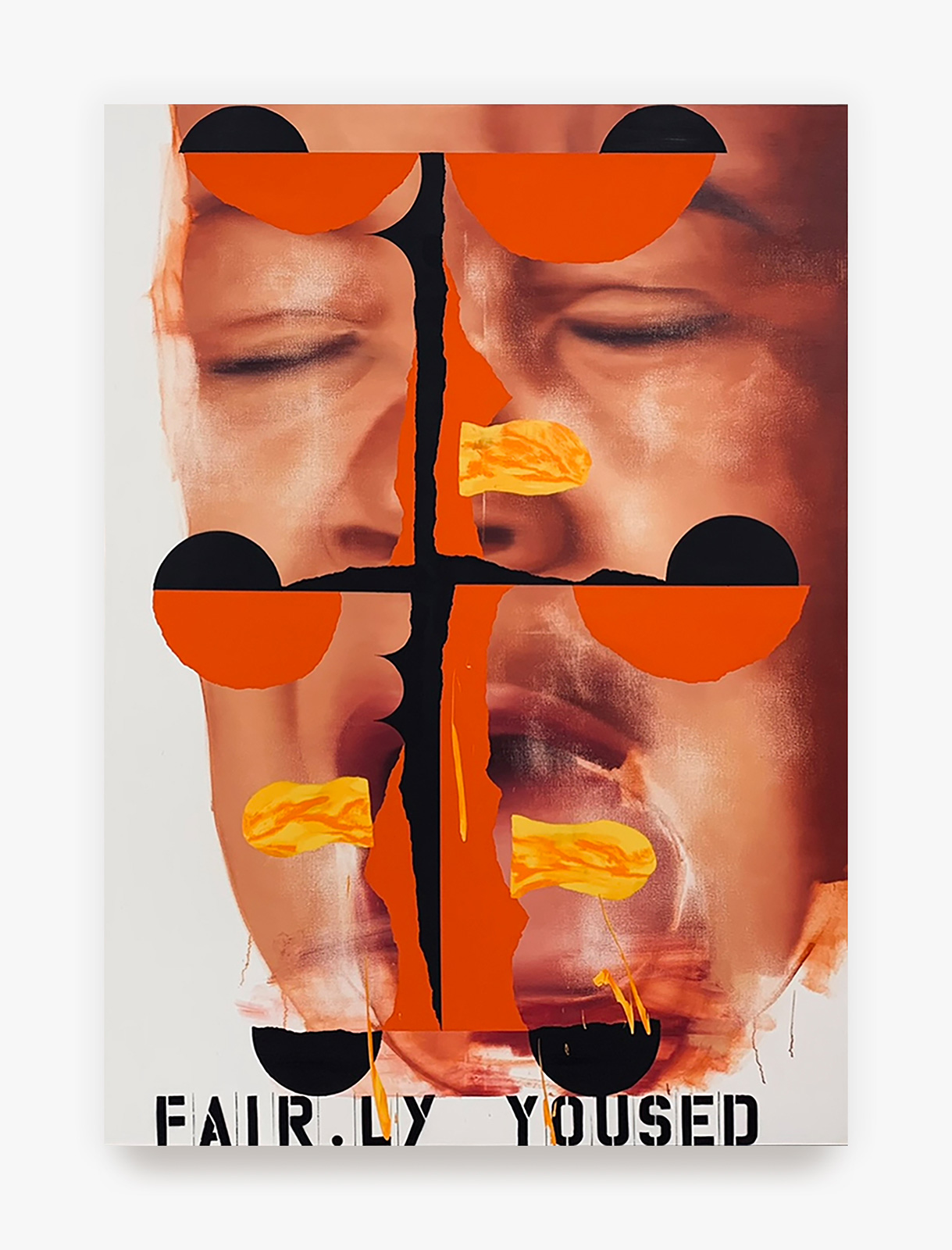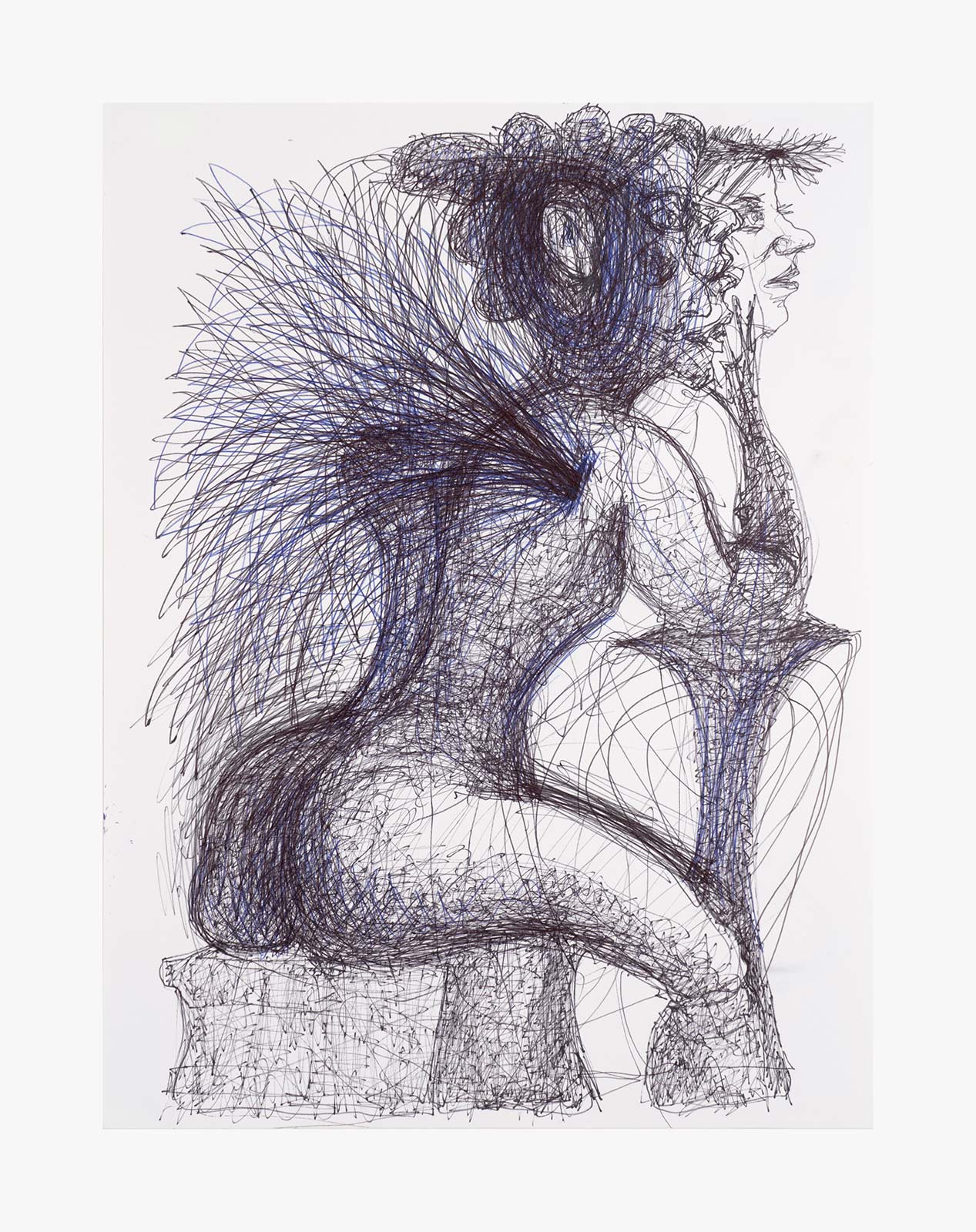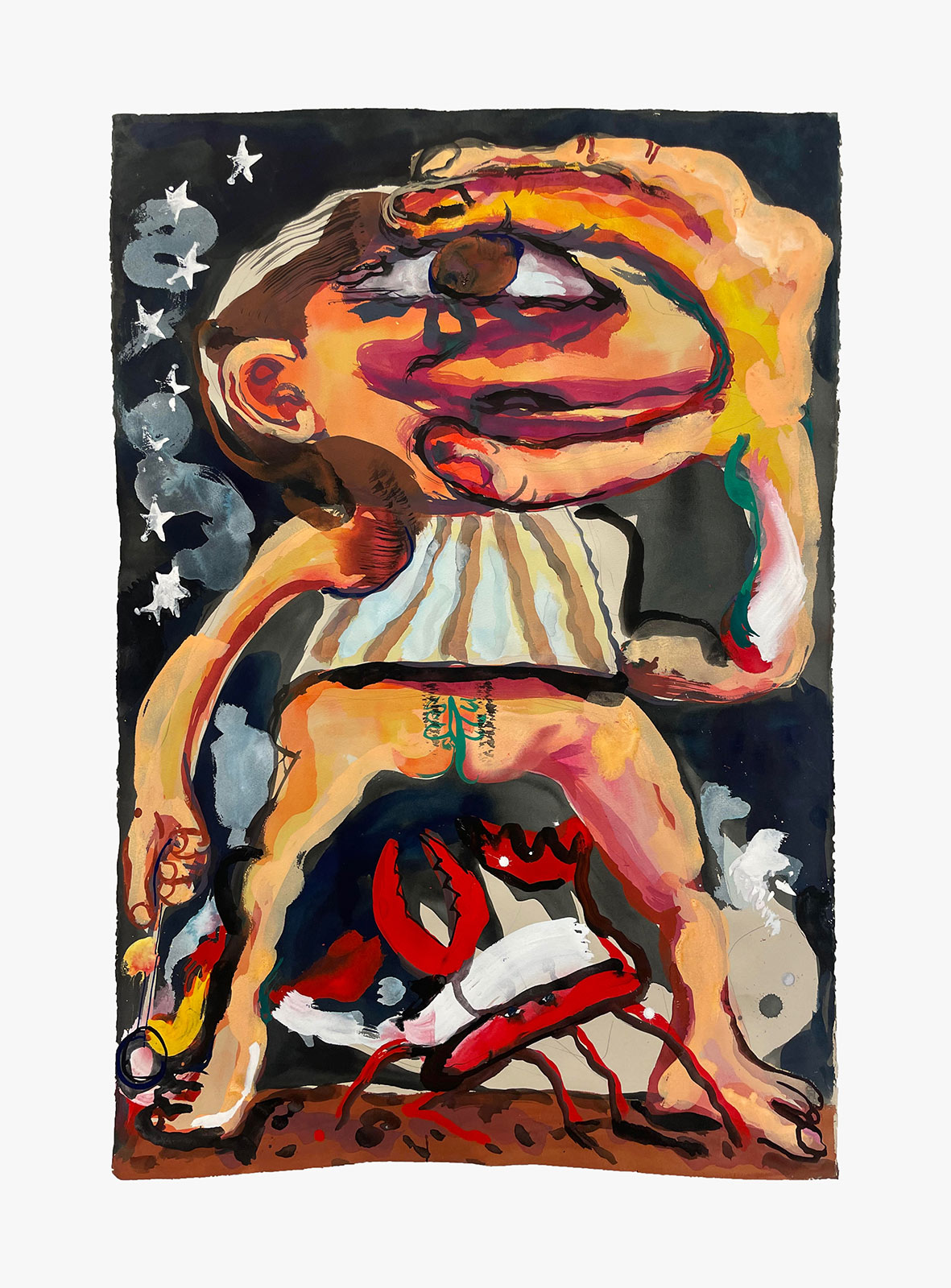The curator's current exhibition reflects on Christian Braum’s early naughties ‘Eye Infection’ with a wink, and a nod to our contemporary moment
From 2001 to 2002, Amsterdam’s Stedelijk Museum presented Eye Infection, a landmark exhibition curated by Christian Braum. A critical success, the show featured work by five artists: Mike Kelley, Robert Crumb, Jim Nutt, Peter Saul, and H.C. Westermann. The only common thread between the works, according to a catalog description, is that they “are not for the faint-hearted or soft-eyed, but for the pop-culture aficionado, the surreptitious comics reader, the humorist, the eccentric, and, of course, the follower of contemporary art.” More than garish pieces of art, each work stood as a response to the tumultuous times during which they were created.
Nearly a quarter century later, art-world multihyphenate Robert Storr—whose previous job titles include senior curator in MoMA’s sculpture and art department, and dean of the Yale School of Art—revisits the nascence of Eye Infection with Retinal Hysteria, currently on view at downtown New York gallery Venus Over Manhattan’s two locations on Great Jones Street until January 6, 2024.
“Whether crisis and chaos prompt hysteria in artists, or whether it is more a matter of how they trigger audience reception within the general public, is a question for professors,” wrote Storr in the show’s official statement. “I am interested in experience — at its height.” Hysteria is defined by the Oxford Dictionary as “exaggerated or uncontrollable emotion or excitement,” culminating in Storr’s affinity for the extreme with his curatorial taste. The exhibition features a selection of works by 40 artists, including Raymond Pettibon, Jamian Juliano-Villani, Mark Greenwold, John Waters, Chibuike Uzoma, as well as three of the artists from Eye Infection: Crumb, Nutt, and Saul, who show humanity in its wildest, rawest moments—with audiences’ vision dilated into the melee of this contemporary moment, beyond the art itself.
Each collection spread across Venus Over Manhattan’s two locations are frenzied in their own way. Kara Walker’s Epoch Fail is the opposite of her meticulously neat cut-out silhouettes—like African’t at the Broad in Los Angeles—that depict exaggerated contours of the antebellum era. The central figure in her piece Epoch Fail both shocks, and takes the role of symbolizing the racial turmoil of 2020, the year in which it was created. Saul, one of the Eye Infection artists, contributes a new painting of a man getting his face stomped on as he grabs a coin from a pile of money. He thinks, “LIFE IS TUFF!” (as seen in a comic-y bubble), capturing the precarious state of the global economy with housing shortages, and exorbitant inflation rates.
“The 1960s were when the American dream dropped its transmission, threw an axle, and then burst into flames,” wrote Storr in the exhibition’s catalog essay. The same can be said for the present. We’ve recently experienced the COVID-19 pandemic, mass shootings, hate crimes, and wars, among raging unemployment, a higher cost of living, and all the other assorted crises taking place at the moment. Just as life feels too much at times, these works do as well. Jim Shaw’s depiction of Trump in the middle of a pair of hurricanes reflects the disarray that once surrounded the (currently indicted) former President’s time in office; Deborah Kass’s Emergency, a minimal work consisting of four squares in red, white, blue and yellow are each illuminated by the word ‘EMERGENCY’ at the top, as if to signal danger.
While the artists’ styles range as vastly as their ages (the youngest artist is 32 and the oldest is 89), the common thread throughout Retinal Hysteria is a critical lens through which the calamity current events may be viewed.
Storr laments on perhaps the most salient thought of the present: “There’s a phrase from [H.C.] Westermann which is ‘a country going nuts,’ which was about the country in the ’60s and early ’70s. This country goes nuts every 10 to 12 years. It’s never gone as nuts as it is now, at least not since the Civil War.”

















